What is Cloud Computing? A Complete Guide to Services, Benefits & Security (2025)
Cloud computing has revolutionized the way organizations and individuals access and manage computing resources. By offering on-demand delivery of IT services over the internet, cloud computing enables users to leverage scalable and flexible resources without the need for significant upfront investments in physical infrastructure. This article delves into the fundamentals of cloud computing, its various service models, deployment strategies, advantages, challenges, and its future trajectory.
See also: Introduction to IoT ; Explained IoT meaning and What is IoT in detail
Understanding Cloud Computing
Cloud computing refers to the on-demand delivery of computing services—including servers, storage, databases, networking, software, analytics, and intelligence—over the internet (“the cloud”) to offer faster innovation, flexible resources, and economies of scale. Users typically pay only for cloud services they use, helping to lower operating costs, run infrastructure more efficiently, and scale as business needs change.
Instead of owning and maintaining physical data centers and servers, users can access technology services on an as-needed basis from cloud providers like Amazon Web Services (AWS), Microsoft Azure, or Google Cloud Platform. This shift allows for more efficient allocation of resources and the ability to respond swiftly to changing demands.
Essential Characteristics of Cloud Computing
The National Institute of Standards and Technology (NIST) outlines five essential characteristics of cloud computing:
- On-Demand Self-Service: Users can unilaterally provision computing capabilities, such as server time and network storage, as needed automatically without requiring human interaction with each service provider.
- Broad Network Access: Capabilities are available over the network and accessed through standard mechanisms that promote use by heterogeneous thin or thick client platforms (e.g., mobile phones, tablets, laptops, and workstations).
- Resource Pooling: The provider’s computing resources are pooled to serve multiple consumers using a multi-tenant model, with different physical and virtual resources dynamically assigned and reassigned according to consumer demand.
- Rapid Elasticity: Capabilities can be elastically provisioned and released, in some cases automatically, to scale rapidly outward and inward commensurate with demand. To the consumer, the capabilities available for provisioning often appear unlimited and can be appropriated in any quantity at any time.
- Measured Service: Cloud systems automatically control and optimize resource use by leveraging a metering capability at some level of abstraction appropriate to the type of service (e.g., storage, processing, bandwidth, and active user accounts). Resource usage can be monitored, controlled, and reported, providing transparency for both the provider and consumer of the utilized service.
Service Models in Cloud Computing
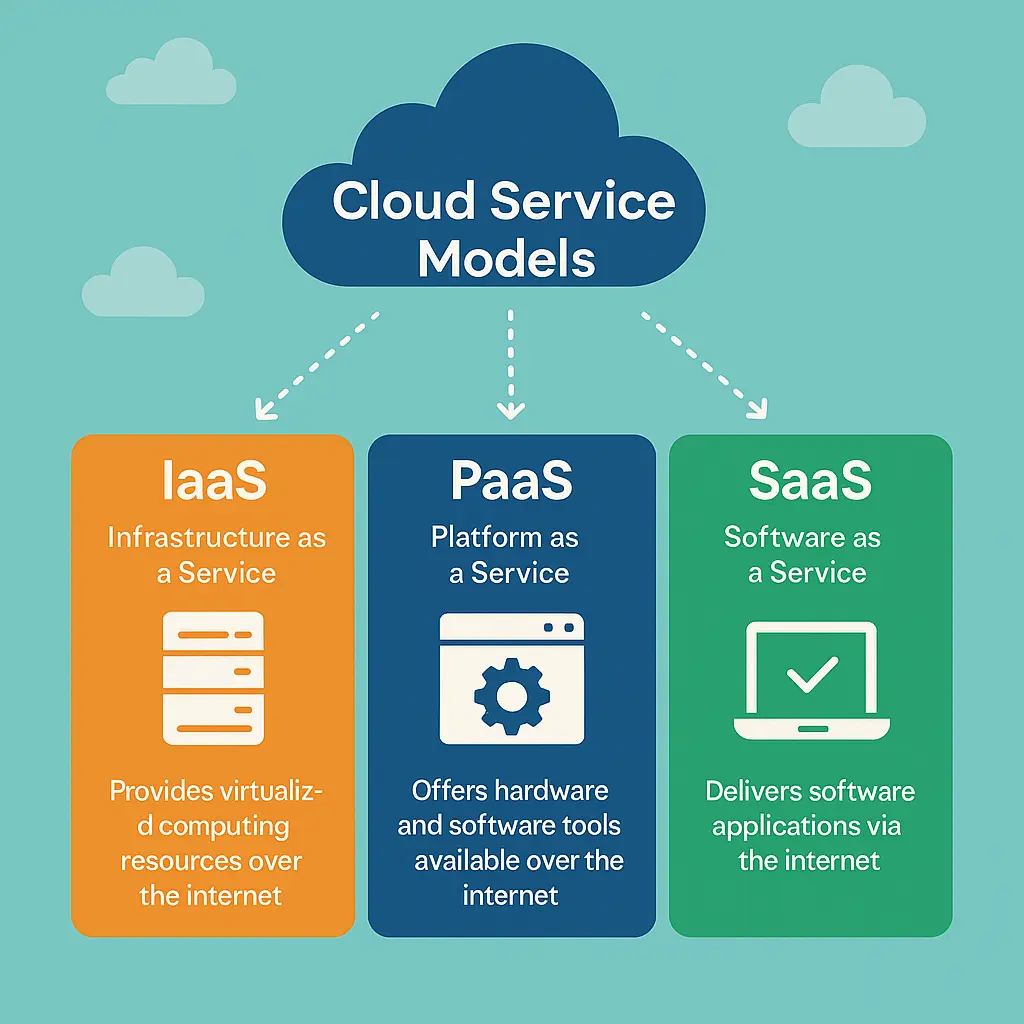
Cloud computing services are typically categorized into three primary models:
1. Infrastructure as a Service (IaaS)
IaaS provides virtualized computing resources over the internet. It offers essential compute, storage, and networking resources on demand, on a pay-as-you-go basis. This model allows users to rent IT infrastructure—servers and virtual machines (VMs), storage, networks, and operating systems—from a cloud provider. Users have control over the operating systems, storage, and deployed applications but do not manage the underlying cloud infrastructure.
2. Platform as a Service (PaaS)
PaaS provides a platform allowing customers to develop, run, and manage applications without the complexity of building and maintaining the underlying infrastructure. It offers a framework that developers can build upon to create customized applications. PaaS services include development tools, database management systems, middleware, and more. This model supports the complete web application lifecycle: building, testing, deploying, managing, and updating.
3. Software as a Service (SaaS)
SaaS delivers software applications over the internet, on a subscription basis. Cloud providers host and manage the software application and underlying infrastructure, handling maintenance like software upgrades and security patching. Users connect to the application over the internet, usually with a web browser on their phone, tablet, or PC. Common examples include email, calendaring, and office tools (such as Microsoft Office 365).
Deployment Models of Cloud Computing
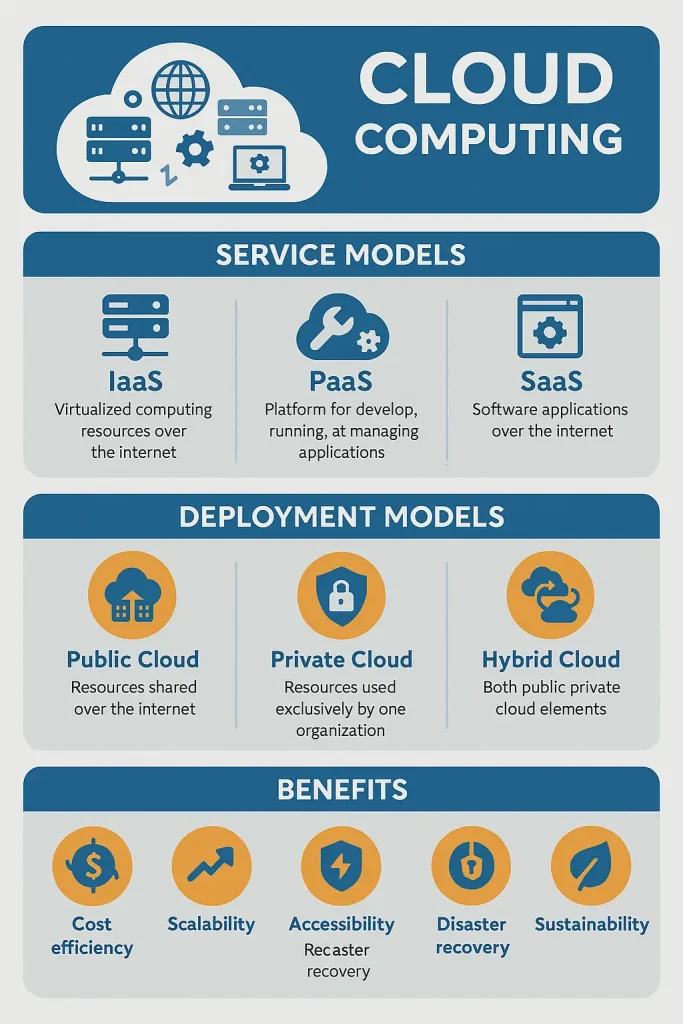
Cloud computing can be deployed in various ways, depending on the organization’s needs and preferences:
1. Public Cloud
In a public cloud, the services are delivered over the public internet and shared across organizations. These services are owned and operated by third-party cloud service providers, delivering computing resources like servers and storage over the internet. Public clouds are ideal for workloads with fluctuating demands and those that require scaling resources on demand.
2. Private Cloud
A private cloud refers to cloud computing resources used exclusively by a single organization. It can be physically located on the company’s on-site datacenter or hosted by a third-party service provider. However, in a private cloud, the services and infrastructure are always maintained on a private network, and the hardware and software are dedicated solely to the organization. This model offers greater control and security, making it suitable for businesses with strict regulatory or compliance requirements.
3. Hybrid Cloud
Hybrid cloud combines public and private clouds, bound together by technology that allows data and applications to be shared between them. By allowing data and applications to move between private and public clouds, a hybrid cloud gives businesses greater flexibility and more deployment options. For instance, critical workloads can run within the private cloud, while less-sensitive workloads can be hosted on the public cloud.
Advantages of Cloud Computing
The adoption of cloud computing offers numerous benefits
The adoption of cloud computing offers numerous benefits to businesses, organizations, and individuals. Some of the key advantages include:
1. Cost Efficiency
Cloud computing eliminates the need for significant upfront investments in hardware and infrastructure. Instead of purchasing and maintaining expensive data centers and servers, businesses can opt for a pay-as-you-go model, paying only for the resources they use. This reduces capital expenditure (CapEx) and shifts costs to an operational expenditure (OpEx) model, making IT costs more predictable.
2. Scalability and Flexibility
One of the most compelling advantages of cloud computing is its ability to scale resources on demand. Businesses can quickly scale up or down based on traffic spikes, seasonal demand, or business growth. Whether a company needs additional storage, processing power, or bandwidth, the cloud provides instant scalability without delays or physical hardware changes.
3. Accessibility and Remote Work
Cloud computing enables users to access applications, files, and services from anywhere in the world using an internet connection. This is particularly useful for remote workforces, as employees can collaborate in real-time using cloud-based applications like Google Workspace, Microsoft 365, and Dropbox. The cloud fosters global collaboration, allowing businesses to operate seamlessly across multiple locations.
4. Disaster Recovery and Data Security
Cloud providers invest heavily in data security, backup solutions, and disaster recovery. Data stored in the cloud is replicated across multiple geographically dispersed servers, ensuring high availability and redundancy. If one data center experiences failure, backup systems automatically take over, minimizing downtime and data loss. Additionally, cloud providers implement stringent security measures like encryption, access control, and compliance standards to protect sensitive data.
5. Automatic Updates and Maintenance
With cloud computing, software updates, security patches, and maintenance are handled by the cloud provider. This reduces the burden on IT teams, allowing them to focus on strategic initiatives rather than managing infrastructure. Automatic updates also ensure that applications are running on the latest versions with the best security practices.
6. Environmental Sustainability
By reducing the need for physical hardware and optimizing resource utilization, cloud computing helps minimize energy consumption and lowers carbon footprints. Cloud providers operate energy-efficient data centers, leveraging advanced cooling technologies and renewable energy sources to reduce environmental impact.
Challenges of Cloud Computing
Despite its numerous benefits, cloud computing is not without challenges. Some key concerns include:
1. Security and Privacy Risks
Since cloud computing relies on third-party providers, organizations must trust the security measures implemented by cloud vendors. While major providers use encryption, firewalls, and authentication protocols, data breaches, unauthorized access, and cyberattacks remain concerns. Businesses must implement strong security policies and compliance measures when using cloud services.
2. Downtime and Connectivity Issues
Cloud services are dependent on internet connectivity. If an organization’s internet connection is slow or unreliable, accessing cloud services can be challenging. Additionally, cloud provider outages can impact business operations, causing temporary downtime. Organizations should have contingency plans, including hybrid or multi-cloud strategies, to mitigate risks.
3. Compliance and Regulatory Concerns
Different industries have strict compliance requirements for data storage and processing, such as GDPR (General Data Protection Regulation), HIPAA (Health Insurance Portability and Accountability Act), and SOC 2. Organizations need to ensure that cloud providers comply with industry-specific regulations to avoid legal issues and penalties.
4. Vendor Lock-In
Many businesses face vendor lock-in when they rely heavily on a single cloud provider. Moving workloads, applications, and data from one cloud provider to another can be complex and costly. Organizations must carefully evaluate their cloud strategy and consider multi-cloud or hybrid cloud solutions to increase flexibility.
5. Performance Variability
In public cloud environments, computing resources are shared among multiple users, which can lead to performance variability. Applications requiring consistent high-performance computing may experience latency or slow response times. Businesses with mission-critical workloads should consider dedicated cloud infrastructure or private cloud solutions.
Use Cases of Cloud Computing
Cloud computing is transforming industries by enabling innovative solutions and services. Here are some common use cases:
1. Cloud Storage and Backup
Cloud storage services like Google Drive, OneDrive, and Amazon S3 allow individuals and businesses to store, access, and share files securely over the internet. Cloud backup solutions help organizations protect data against hardware failures, cyberattacks, and accidental deletions.
2. Web Hosting and Content Delivery
Businesses use cloud computing to host websites, applications, and digital services with high availability and fast performance. Content Delivery Networks (CDNs) like AWS CloudFront and Cloudflare distribute content across global servers, ensuring quick load times for users worldwide.
3. Big Data Analytics
Cloud computing enables organizations to process and analyze large volumes of data efficiently. Platforms like Google BigQuery and AWS Redshift allow businesses to derive insights from massive datasets using machine learning, AI, and business intelligence tools.
4. Software Development and Testing
Cloud-based Platform as a Service (PaaS) solutions enable developers to build, test, and deploy applications without worrying about infrastructure. Services like Microsoft Azure DevOps and AWS Elastic Beanstalk streamline the development lifecycle, improving productivity and collaboration.
5. Artificial Intelligence (AI) and Machine Learning (ML)
Cloud platforms provide AI and ML capabilities that allow businesses to develop intelligent applications without investing in expensive hardware. Services like Google AI, Amazon SageMaker, and IBM Watson offer tools for image recognition, natural language processing, and predictive analytics.
6. Internet of Things (IoT)
Cloud computing supports IoT applications by connecting smart devices, sensors, and automation systems. Cloud platforms process real-time IoT data, enabling use cases like smart cities, predictive maintenance, and connected healthcare.
Future Trends in Cloud Computing
As technology advances, cloud computing continues to evolve. Some key future trends include:
1. Multi-Cloud and Hybrid Cloud Adoption
Organizations are increasingly adopting multi-cloud and hybrid cloud strategies to enhance flexibility, avoid vendor lock-in, and optimize costs. Businesses will leverage multiple cloud providers to balance workloads and improve disaster recovery plans.
2. Edge Computing
Edge computing brings cloud capabilities closer to end-users by processing data near the source rather than in centralized data centers. This reduces latency and improves real-time processing for applications like autonomous vehicles, smart factories, and augmented reality (AR).
3. AI and Automation in Cloud Management
Cloud providers are integrating AI-driven automation for resource allocation, security monitoring, and workload optimization. AI-powered cloud solutions will reduce operational complexity and enhance system efficiency.
4. Serverless Computing
Serverless computing allows developers to focus on writing code without managing servers. Function as a Service (FaaS) offerings, like AWS Lambda and Google Cloud Functions, will continue to grow, providing cost-effective and scalable cloud solutions.
5. Quantum Computing in the Cloud
Cloud providers like IBM, Google, and Microsoft are investing in quantum computing. As quantum computing matures, businesses will gain access to unprecedented computational power for solving complex problems in fields like cryptography, drug discovery, and materials science.
See also: The Impact of Cloud Computing in The Modern Era : is it safe?
Conclusion
Cloud computing has fundamentally transformed the IT landscape, offering businesses and individuals scalable, cost-effective, and flexible computing resources. From infrastructure and platforms to AI and IoT, cloud technology continues to drive innovation and efficiency across industries.
Despite challenges like security concerns, compliance issues, and vendor lock-in, organizations are leveraging multi-cloud, hybrid cloud, and serverless architectures to optimize their IT strategies.
As cloud computing evolves, emerging trends like edge computing, AI automation, and quantum computing will shape the future of digital transformation. Businesses that embrace cloud solutions strategically will gain a competitive edge in the digital economy.
See also: Microsoft Azure Cloud tutorial for Beginners -Azure Basics
FAQs
1. What is cloud computing in simple words?
Cloud computing is the delivery of computing services like storage, servers, databases, networking, and software over the internet, allowing users to access them on-demand without owning physical infrastructure.
2. What are the 3 types of cloud service models?
The main types of cloud service models are:
IaaS (Infrastructure as a Service)
PaaS (Platform as a Service)
SaaS (Software as a Service)
3. What are the deployment models of cloud computing?
There are three main deployment models:
Public Cloud
Private Cloud
Hybrid Cloud
4. What are the main benefits of cloud computing?
Benefits include cost efficiency, scalability, accessibility, disaster recovery, automatic updates, and environmental sustainability.
5. Is cloud computing secure?
Yes, leading cloud providers implement strong security measures like encryption, multi-factor authentication, and regular audits, but users must still follow best practices.
6. What is the difference between IaaS, PaaS, and SaaS?
IaaS provides virtualized infrastructure.
PaaS offers a platform for developing and managing applications.
SaaS delivers ready-to-use software applications.
Ready to Explore More? Let’s Build Smarter Together!
🔔 Subscribe to Our YouTube Channel » for IoT video Tutorials.
🌐 Start Learning IoT Basics Now » and What is IoT? – Introduction to IoT and IoT Architecture: 4 Essential IoT Layers Simplified for Beginners on IoTDunia.com! and Check out Top IoT Applications in Real World – Smart Use Cases 2025, IoT career guide 2025, Best Projects on IoT for Beginners
👉 Have questions? Drop them in the comments!
💡 Start small, stay curious, and make your world smarter—one device at a time.





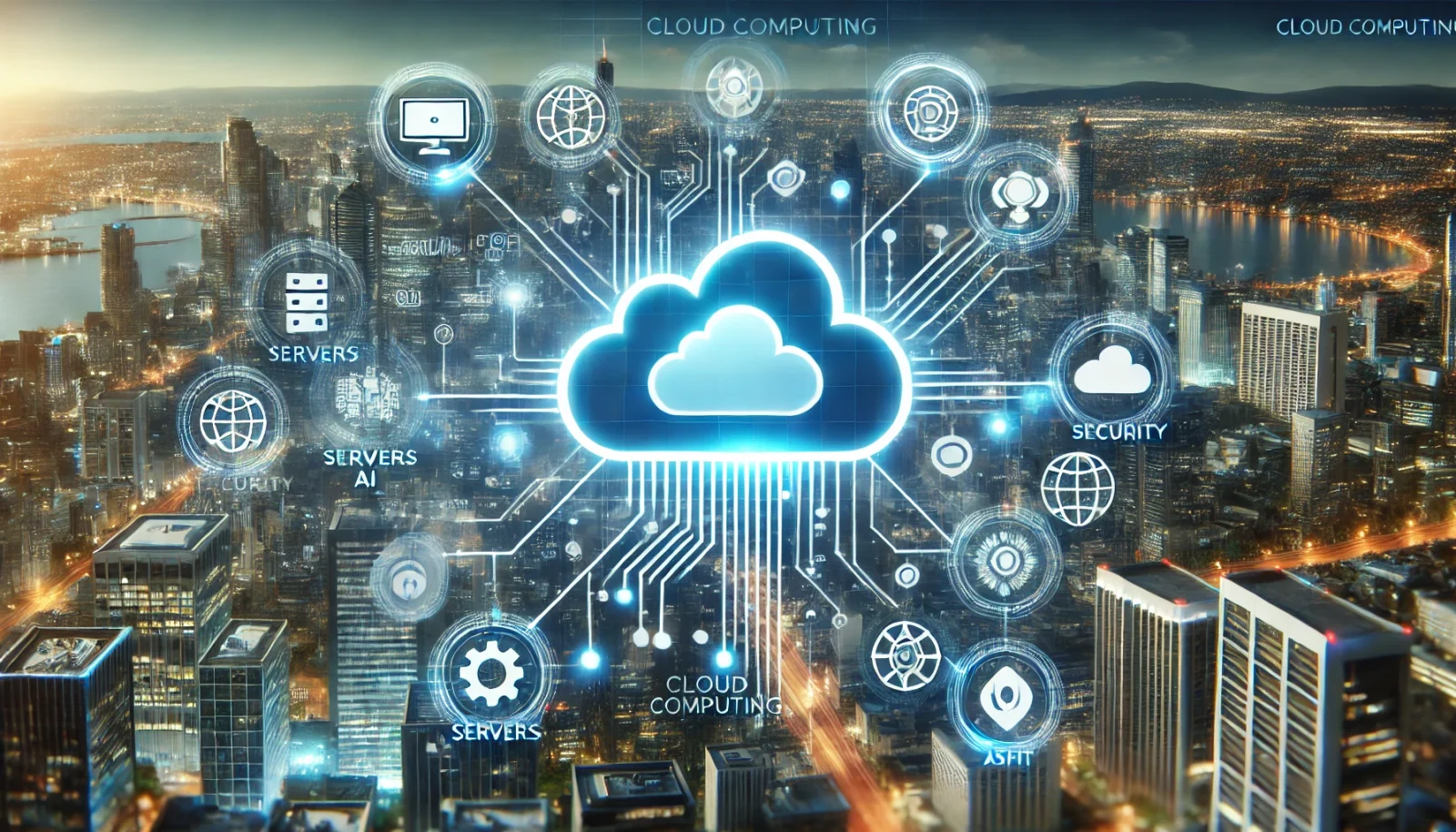

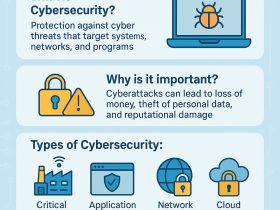

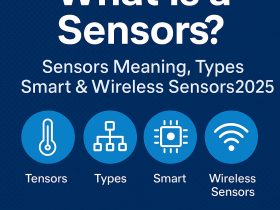
Leave a Review